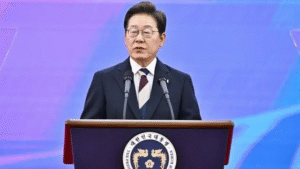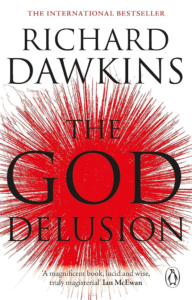The Unyielding Struggle: Israel and Hezbollah’s Enduring Conflict
Historical Context
The origins of the Israel-Hezbollah conflict date back to the early 1980s. Hezbollah, a Shiite militant organization based in Lebanon, emerged in response to Israel’s 1982 invasion of Lebanon. Over the decades, Hezbollah has evolved into a formidable political and military entity, frequently clashing with Israel. The most significant confrontation occurred in 2006, resulting in a month-long war that inflicted substantial destruction and loss of life on both sides.

Current Developments
The latest flare-up began on October 8, 2023, when Hezbollah launched guided rockets and artillery shells at Israeli positions in the Shebaa Farms area, expressing solidarity with Palestinians following a Hamas attack on Israel. Israel responded with drone strikes and artillery fire, leading to an extended and intense conflict. Currently, the fighting has displaced approximately 96,000 Israelis and 500,000 Lebanese.
Humanitarian Impact
The humanitarian consequences of the conflict have been severe. In Lebanon, the violence has worsened an already dire economic situation, leaving many struggling to access basic necessities. In Israel, the constant threat of rocket attacks has disrupted daily life, particularly in the northern regions. Casualties on both sides include civilians and military personnel, perpetuating the cycle of violence and retaliation.
International Response
Despite numerous international calls for a ceasefire, including efforts by the United States and the United Nations, a lasting peace agreement remains elusive. The 2006 UN resolution, which aimed to establish lasting security along the Israel-Lebanon border, has been referenced as a potential framework for peace, but its implementation has faced significant challenges.
The Israel-Hezbollah conflict is a deeply rooted and complex issue with significant humanitarian implications. While international efforts to broker peace continue, the path to a lasting resolution remains fraught with obstacles. The ongoing violence underscores the urgent need for a comprehensive and sustainable solution to ensure the safety and well-being of all affected populations.




















